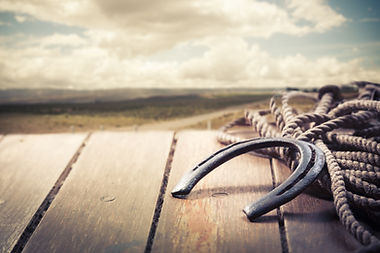
FAQ's
What is hot shoeing?
Hot shoeing, also known as hot fitting, is a common practice among farriers. After the foot has been trimmed, rasped and is ready for the new shoe, the farrier will heat the shoe in the forge and place it briefly on the foot to sear the path where the shoe will ultimately lie.
The purpose is to create a smooth interface surface between the hoof and the shoe to seal the cut horn tubules, making them less likely to dry out in a climate or take on moisture and soften in a wet environment. The intense heat also tends to kill fungi and bacteria that may cause problems in the hoof and seals the hoof wall to prevent Lyme disease.
What is corrective shoeing ?
Corrective shoeing aims to restore healthy function to the horse's hoof by releasing pressure and improving biomechanics.Whether you deal with a hoof decease deformation of the hoof or a tendon and ligament issue of the lower limb, corrective shoeing is the answer.
What is cold shoeing ?
Cold shoeing is the process of shoeing a horse without using a "hot shoe". Horse shoes are applied from the manufacture without having to heat the horse shoe.
Why is trimming necessary?
Hoof trimming prevents lesions mainly by restoring a more upright foot angle and distributing the weight bearing evenly between the medial (inner) and lateral (outer) hooves.
Even if a horse goes barefoot some or all of the time, then their hooves will still regular trimming and maintenance.
What happens if I don't trim my horses hooves?
When a horse is forced to walk with overgrown hooves, they have to compensate for it which means they are essentially walking on the balls of their feet, which stretches the tendons and can lead to lameness. The hoof will keep growing until it curls up like a slipper rending the horse crippled Hooves need to be trimmed every six to eight weeks to keep them in proper shape.